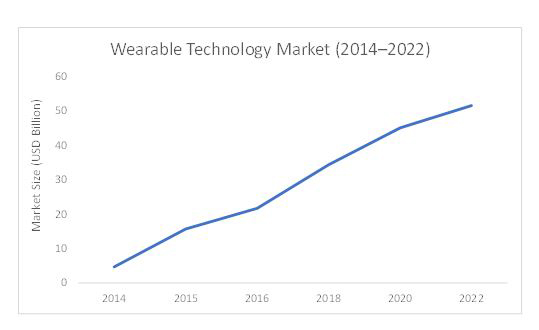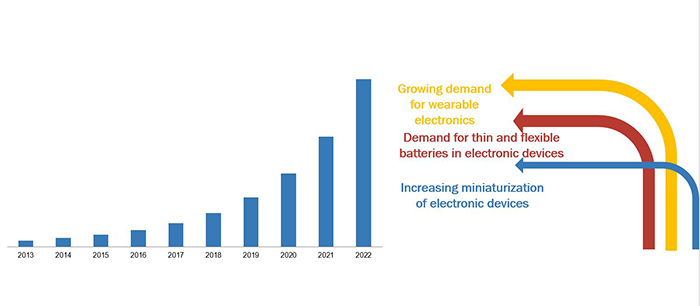Revolutionising mobile power
With the emerging technological trends, smartphones and wearable devices are becoming smart and more advanced. However, the dependence on power source still limits the performance of these devices. Mirza Shujaur Rahman, Senior Research Analyst, Electronics & Semiconductor Practice, MarketsandMarkets, explains.
Early mobile phones had limited use, so charging the batteries after three to four days was a usual practice. However, smartphone batteries often last less than a day under heavy use. The batteries of smart mobile devices drain at fast rates due to an increase in digital content, GPS/location-based services and smart applications.
These devices are losing an advantage of being ‘mobile’ as they need to be charged every six to eight hours in a day. Mobile power devices act as charging stations, allowing continued mobility to the user. Increasing use of smartphones, tablets, and wearable devices has led to the widespread acceptance of power banks as a mobile power source. The global power bank market was valued at $7.77bn in 2016 and is expected to reach $25.16bn by 2022, at a CAGR of 21.2% between 2016 and 2022.
The energy density in lithium-ion batteries is higher than that in nickel-metal hydride and lead acid batteries. Thus, lithium-ion batteries are contributing the largest to the battery revolution among other battery technologies. A majority of battery manufacturing companies are investing in R&D of lithium-ion batteries. In 2016, Panasonic Corporation (Japan) invested more than $1bn in R&D and production of lithium-ion battery cells. Moreover, lithium-ion batteries, being a portable power source, are a preferred choice for consumer electronics due to their features such as high energy density and less recharge time.
Lithium-ion batteries enhance the efficiency and provide greater flexibility for the products such as mobile phones, tablets and wearable devices. Consumer electronics manufacturers are adopting the lithium-ion batteries over nickel cadmium and nickel-metal hydride batteries to achieve high efficiency in their products. The global lithium-ion battery market was valued at $27.45bn in 2016 and is expected to reach $68.97bn by 2022, at a CAGR of 16.6% between 2016 and 2022.

The emergence of wearable technology is expected to transform the outlook of on-the-go computing. Application areas for wearable technology range from consumer durables and healthcare to enterprise, industrial and so on. Consumer preference for sophisticated gadgets, increasing growth prospects of next-generation displays in wearable devices, and growing popularity of Internet of Things (IoT) and connected devices, are the growth drivers for the wearable technology market. The overall wearable technology market was valued at $21.72bn in 2016 and is expected to reach $51.60bn by 2022, at a CAGR of 15.51% between 2016 and 2022. Furthermore, the adoption of wearables in multiple application areas, and multi-featured and hybrid application mobile devices, provide new opportunities for the growth of the wearable technology market.
The wearable devices industry is now moving toward the development of miniaturised electronic devices with flexible, thin and large area form factors. The wearable devices such as smartwatches, smart textiles, fitness bands, wrist straps, smart glasses and smart rings and bracelets require ultra-thin batteries to comply with the flexibility of the device, creating a huge market potential for thin film and printed flexible batteries. The market for flexible, printed and thin film batteries is expected to be worth $958.4m by 2022, at a CAGR of 46.6% between 2016 and 2022.

In 2016, Panasonic Corporation launched flexible lithium-ion batteries with a width of 0.55mm. These batteries can maintain their charging and discharging characteristics even with repeated bending and twisting. Moreover, Samsung SDI (South Korea) and LG Chem (South Korea) have already demonstrated prototypes of ultra-thin flexible batteries for wearable devices, which could have a big impact on future battery technologies. Technological advancements resulting in the development of ultra-thin flexible batteries with improved design and extended battery life are likely to accelerate the demand for flexible batteries among manufacturers of wearable and IoT devices.










